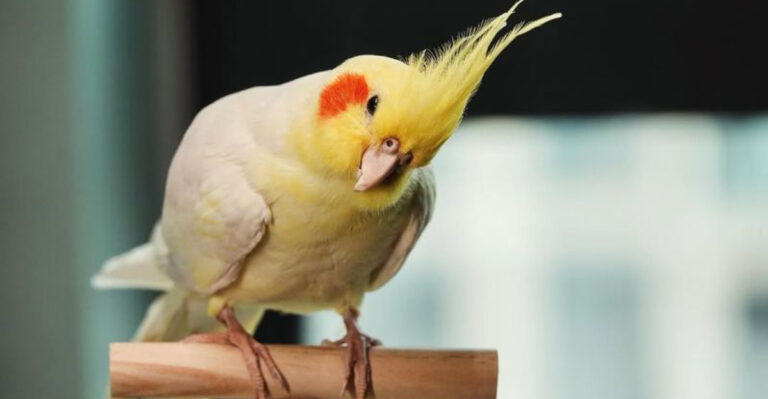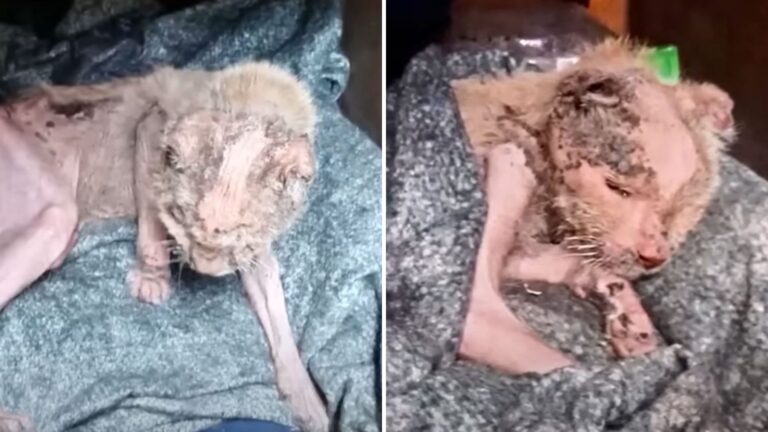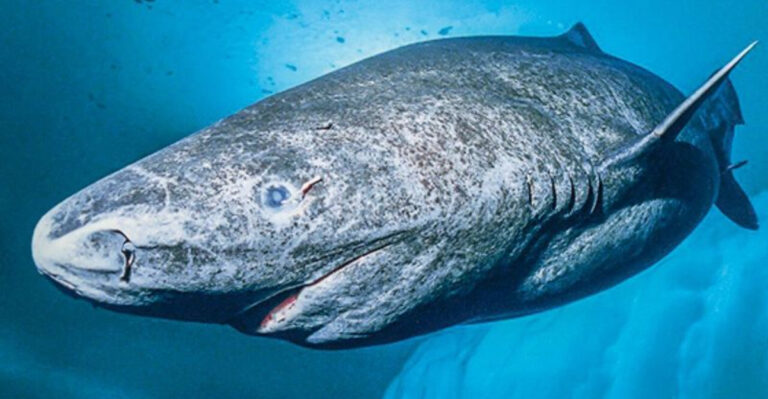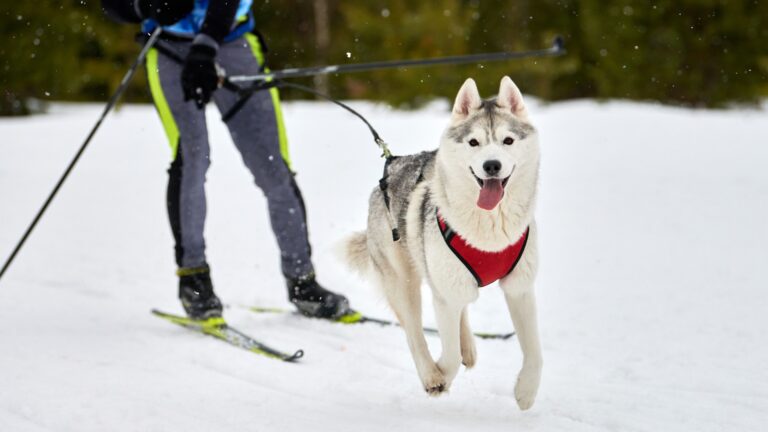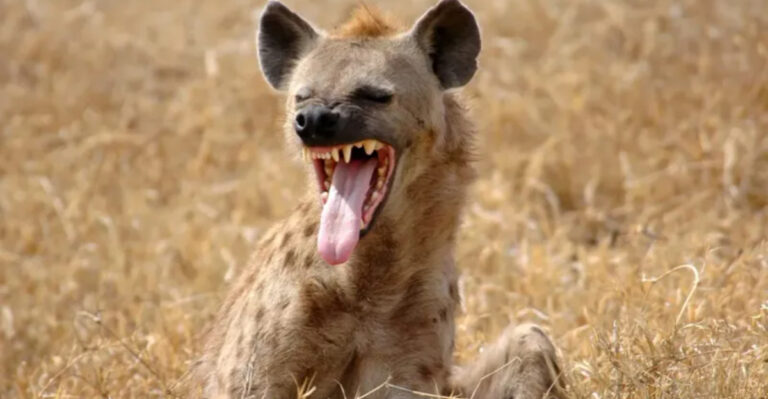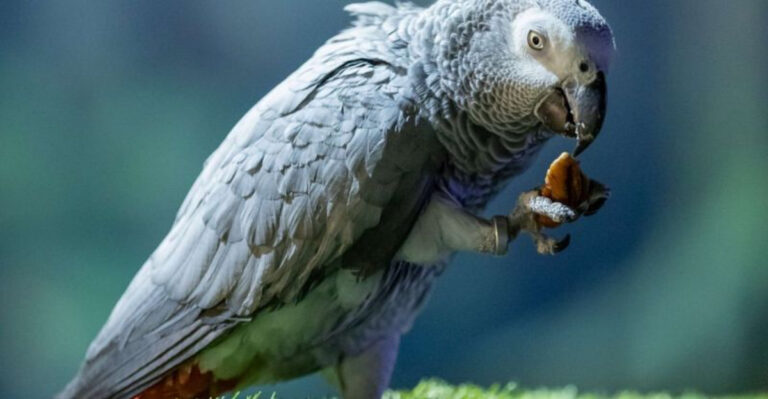15 Fun Facts About The Verreaux’s Sifaka: The Dancing Lemur
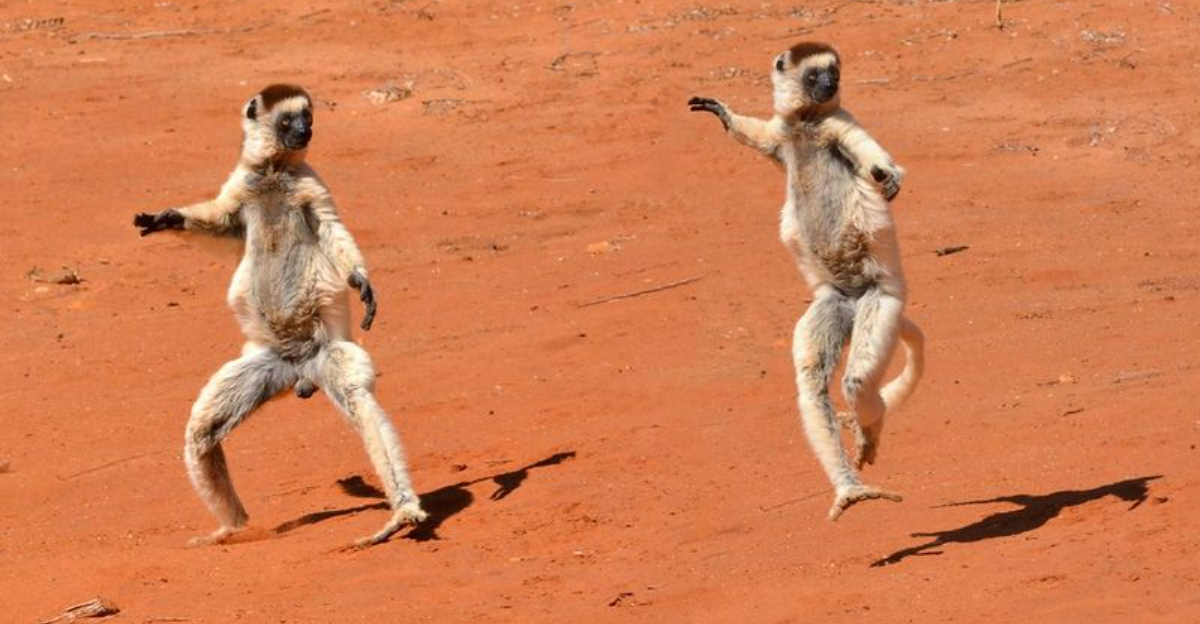
Verreaux’s sifaka is a unique lemur species found in Madagascar. Known for their striking appearance and remarkable agility, these primates capture the interest of both scientists and nature lovers alike.
By learning more about them, we can better appreciate their role in the ecosystem and the importance of conservation efforts.
1. Leaping Masters!
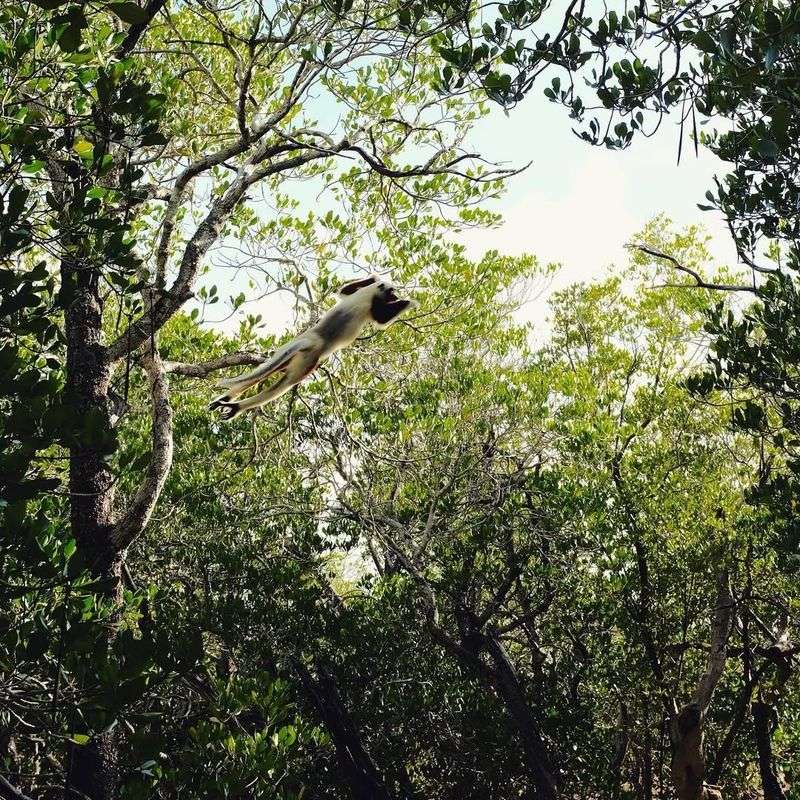
Verreaux’s sifakas are true acrobats of the forest. These lemurs have the impressive ability to leap up to 10 feet in a single bound, using their powerful hind legs to launch themselves between trees.
Their unique sideways hopping movement, which looks like a dance, helps them travel efficiently across the forest floor and through the trees.
2. Impressive Agility
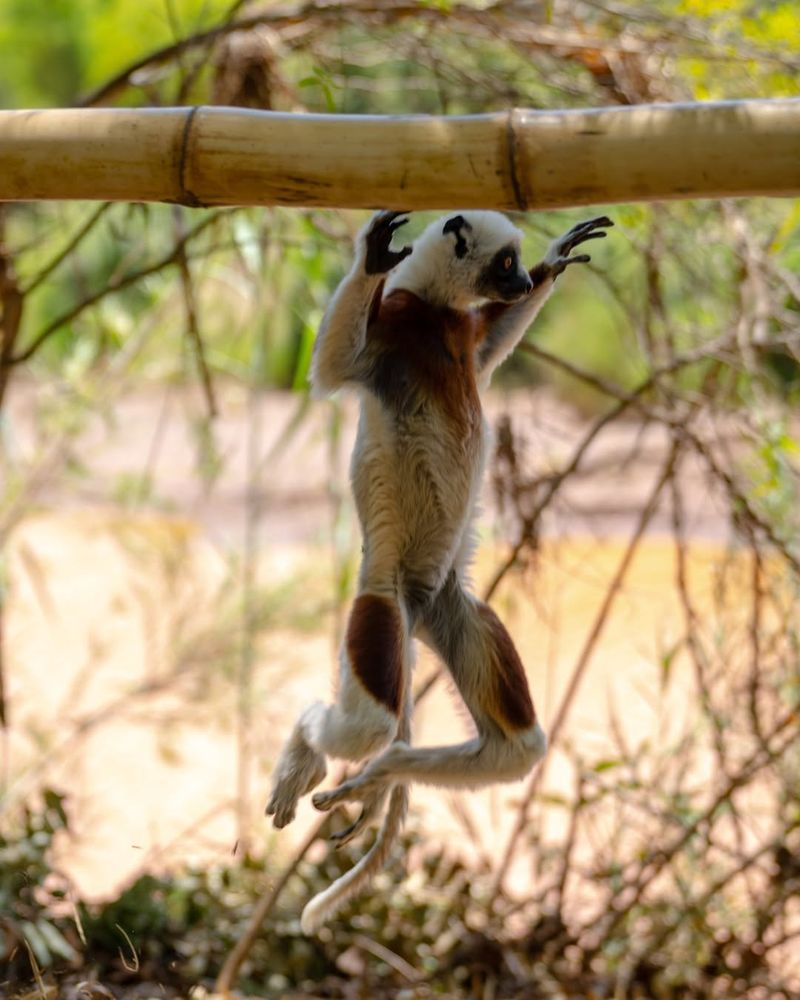
When it comes to climbing, Verreaux’s sifakas are experts. Unlike many other lemurs, they have adapted to climbing vertically with ease, using their sharp claws to grip tree trunks tightly.
Their strong hind legs not only help them leap great distances but also provide the stability needed to ascend and descend tree trunks with precision. It’s no wonder they are so well-suited to their forested environment!
3. Distinctive Appearance
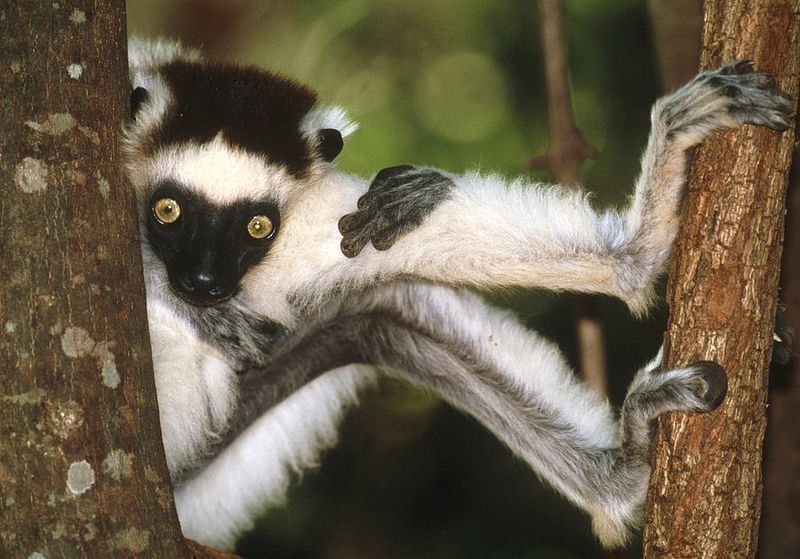
The Verreaux’s sifaka stands out with its striking white fur and dark face. This contrast makes it one of the most beautiful lemurs. The thick fur not only keeps them warm during cooler nights but also helps them blend into the bright sunlit areas of the forest.
Their expressive eyes and soft fur make them look almost like mythical creatures from a fairytale. If you ever see one, you’ll understand why they are often considered photogenic stars of Madagascar’s forests.
4. Vocal Communicators
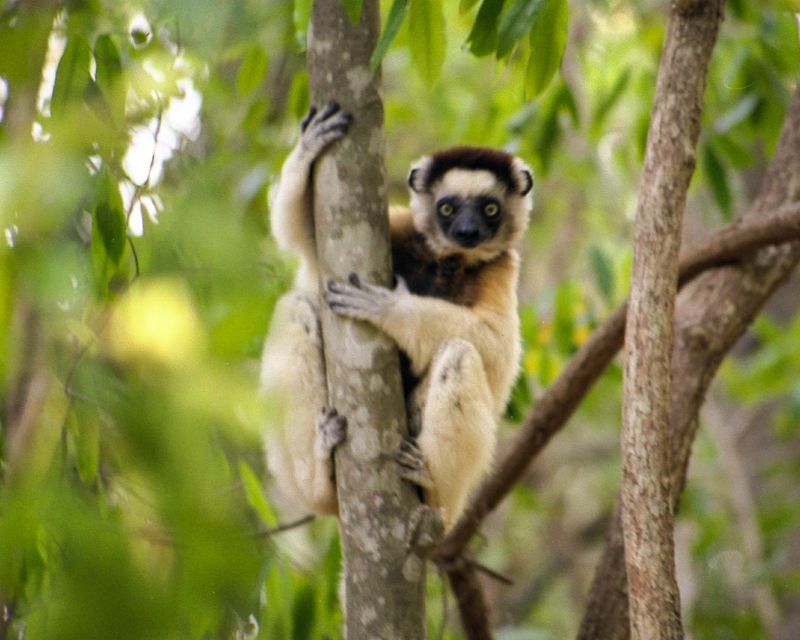
Communication is key in sifaka groups. They use various sounds to stay in touch, warn of danger, or communicate emotions. Their calls range from soft “shhh” sounds to louder alarms.
These vocalizations help them coordinate movements and signal predators’ presence. Imagine using a secret code with your friends to share vital information.
In the dense forests of Madagascar, these calls are essential tools for survival, ensuring the group’s safety and unity.
5. Unique Dance Moves
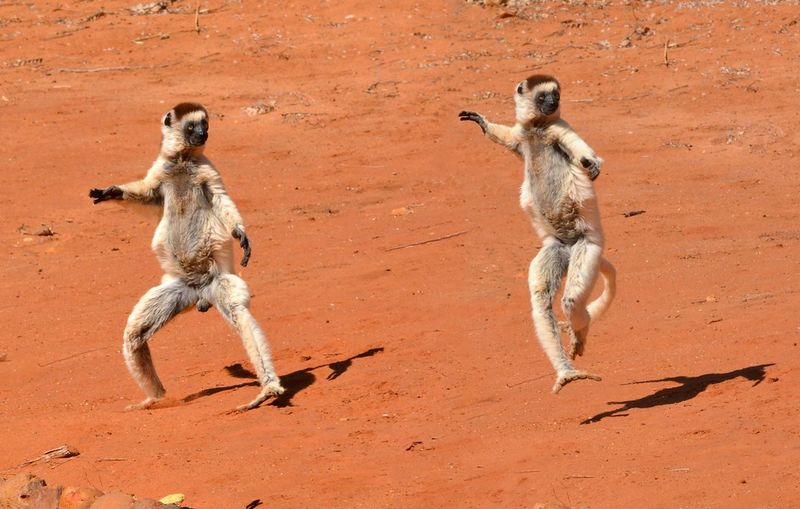
These lemurs have an extraordinary way of moving. Instead of walking on all fours, they leap sideways on their hind legs. This unique movement, often called “dancing,” allows them to move gracefully through their forest home.
Their agile leaps can cover impressive distances, making them fascinating to watch. Imagine being in a dense forest and suddenly spotting a sifaka gracefully hopping from side to side, almost floating over the ground.
6. Dietary Preferences
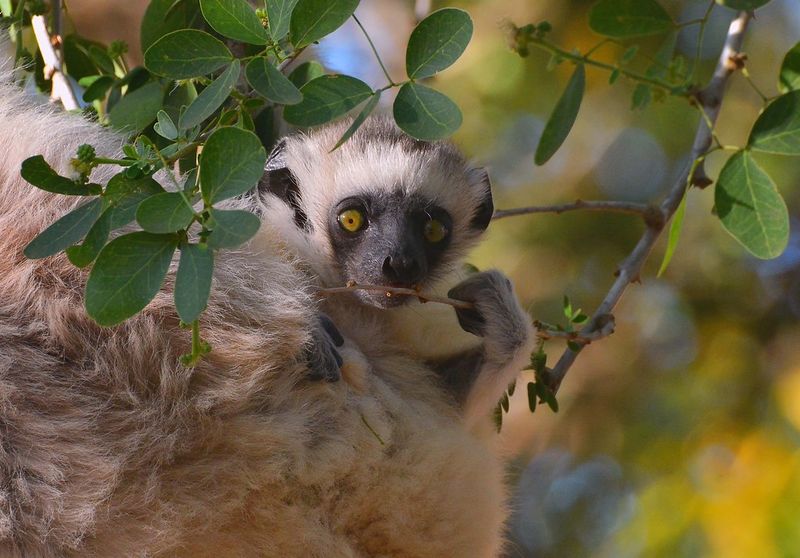
These lemurs are primarily folivores, which means they eat leaves. Their diet also includes flowers, fruits, and bark. Thanks to their adaptable digestive system, they can extract nutrients from tough, fibrous plant materials.
Their diet plays a crucial role in maintaining the health of Madagascar’s forests, as their feeding habits help with seed dispersal and plant growth.
7. Conservation Status

Sadly, Verreaux’s sifaka is considered endangered. Habitat loss due to deforestation and hunting poses significant threats to their survival. Conservation efforts focus on protecting their natural habitats and promoting awareness among local communities.
Ensuring their survival means safeguarding the unique ecosystems they inhabit, which are vital for our planet’s health.
8. Motherhood And Care
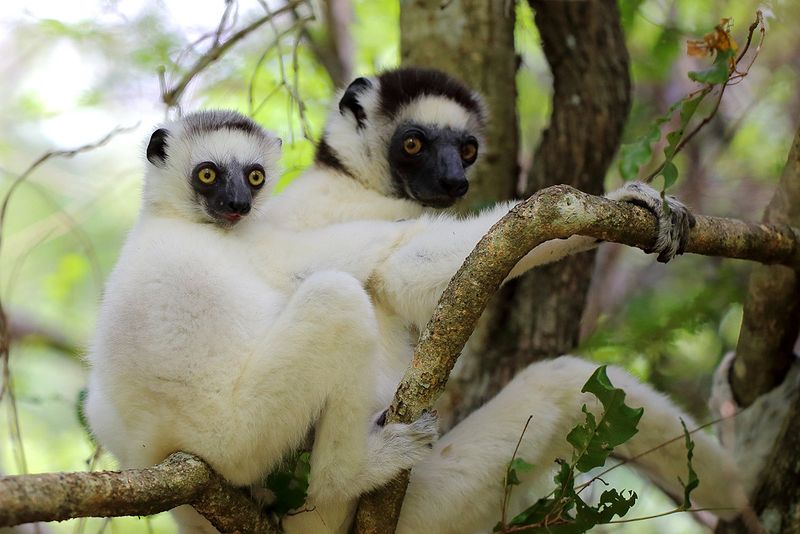
Sifaka mothers are incredibly caring. After birth, babies cling to their mothers’ bellies and later ride on their backs. This close contact ensures they stay safe and learn essential survival skills.
The bond between mother and baby is strong and nurturing. This nurturing relationship is crucial for the baby’s development and marks the beginning of their life journey in Madagascar’s forests.
9. Unique Tail Features
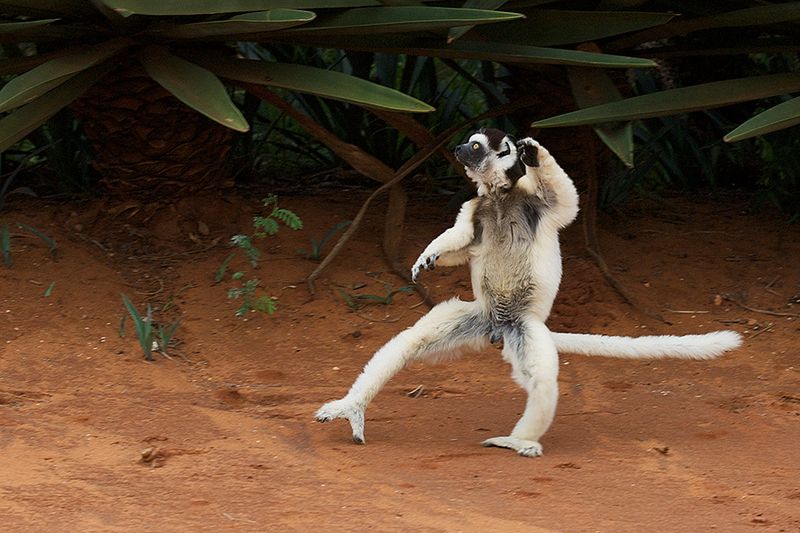
Their long, bushy tail is not just for show. It plays an essential role in balance and communication. As they leap between trees, the tail helps them navigate and maintain stability.
The tail also serves as a communication tool, subtly enhancing their expressive body language, allowing them to signal intentions or emotions within their group.
10. Habitat And Range
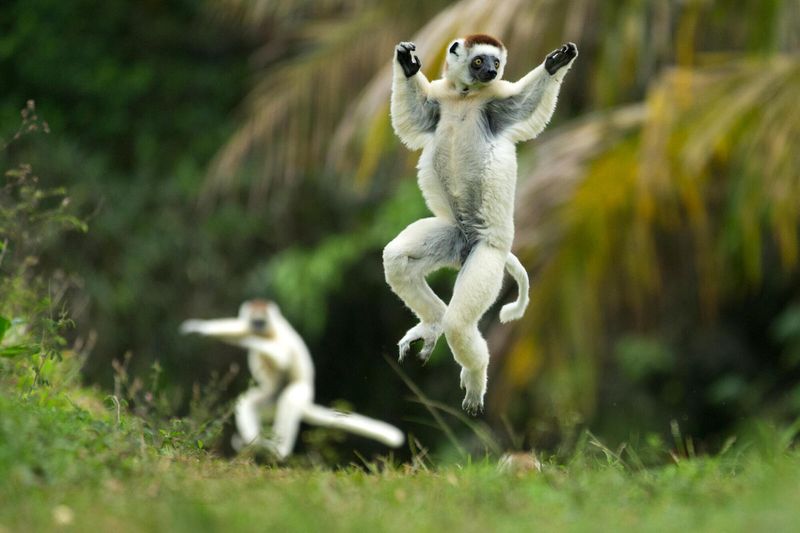
Verreaux’s sifakas are native to Madagascar, inhabiting dry deciduous forests and spiny thickets. These environments offer the perfect combination of food and shelter.
Their preferred habitats are crucial for their survival, providing all they need to thrive. Protecting these areas means ensuring the future of not just the sifakas but the entire ecosystem they support.
11. Playful Nature
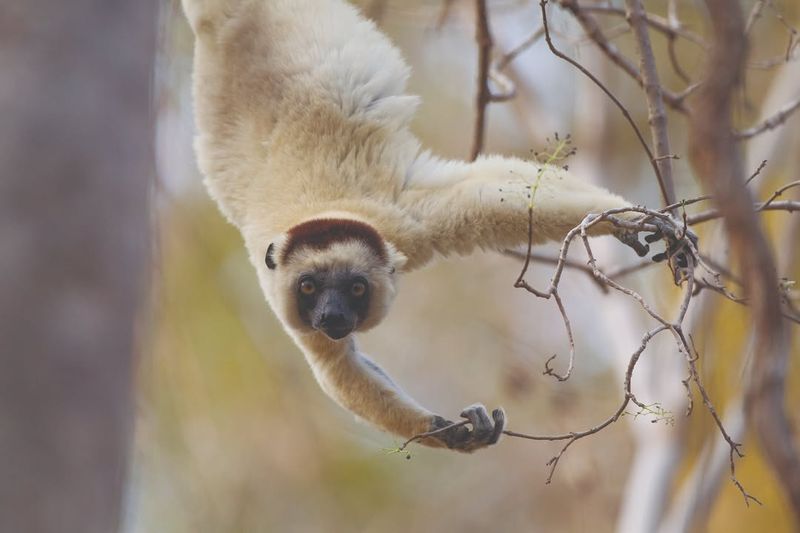
Young sifakas are known for their playful antics. They chase each other, leap around, and practice their incredible jumping skills. This playful behavior isn’t just fun; it’s essential for their development.
These playful moments teach young sifakas vital survival skills and help them build social bonds, ensuring they grow into strong, capable adults in the wild.
12. Adaptations To Climate
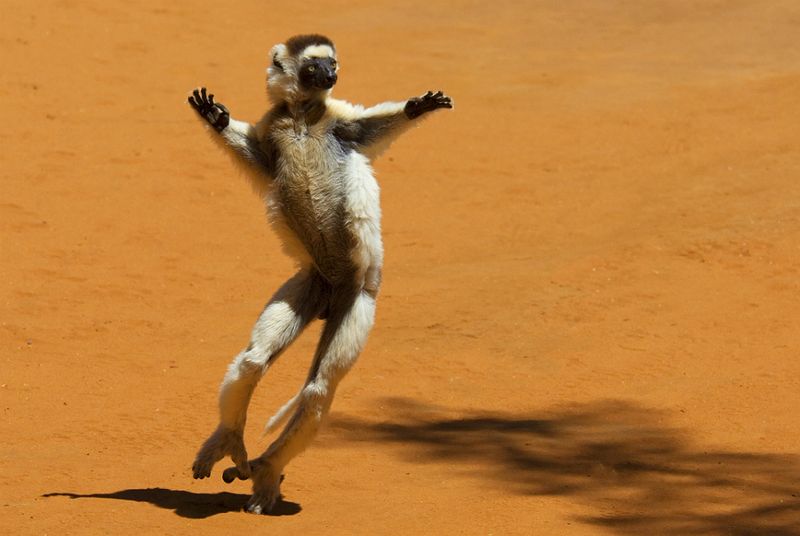
Verreaux’s sifakas have developed remarkable adaptations to thrive in Madagascar’s varied climate. Their thick fur provides insulation against cool temperatures at night while keeping them cool during hot days.
These adaptations are crucial for their survival in the wild, allowing them to withstand the challenges of changing environments and continue their daily activities without disruption.
13. Predator Awareness
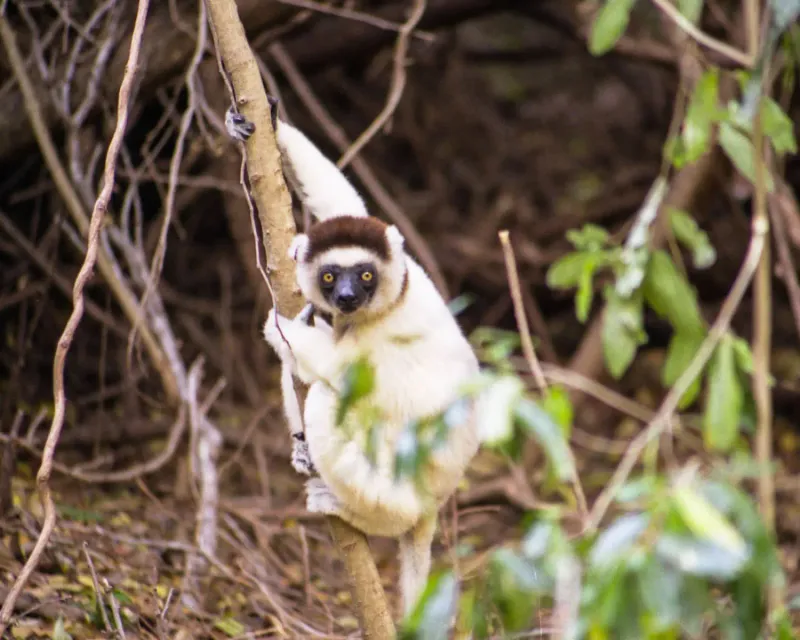
Alertness is a key survival trait for Verreaux’s sifakas. They are always on the lookout for predators, such as birds of prey or fossa. With keen eyesight and hearing, they can detect threats early, giving them a chance to escape.
Think of them as forest sentinels, always vigilant, protecting their group from danger. Their ability to remain alert and responsive helps them navigate the challenges of their wild environment.
14. Colorful Legends
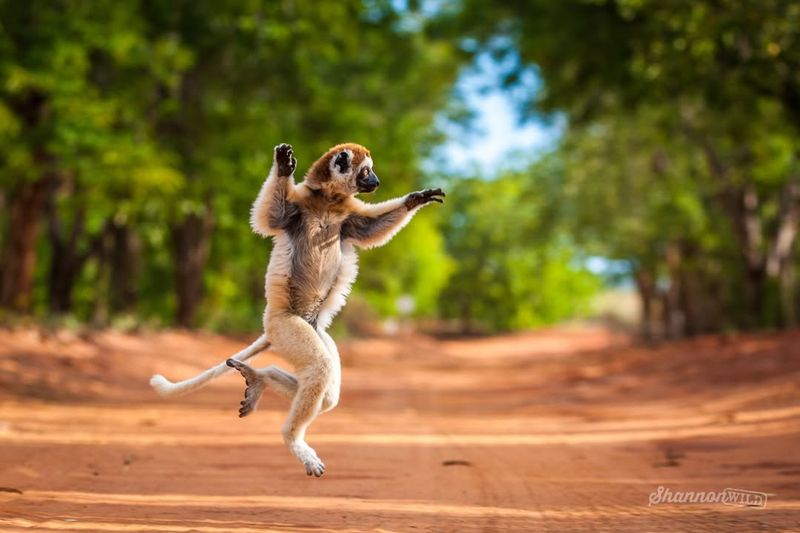
In local folklore, Verreaux’s sifaka holds a special place. They are often featured in stories and legends that highlight their unique behaviors and characteristics.
These tales enrich the cultural landscape of Madagascar, weaving a tapestry of wonder and admiration for these lemurs. Such legends inspire respect and curiosity, fostering a deeper connection between people and nature.
15. Their Role In Ecosystem
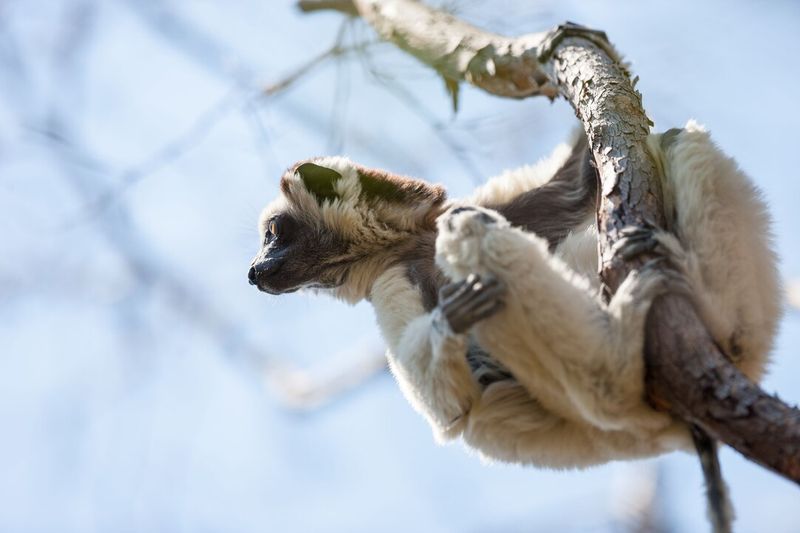
As key players in their ecosystem, Verreaux’s sifakas contribute significantly to the health of Madagascar’s forests. Their feeding habits aid in seed dispersal, promoting plant growth and diversity.
By maintaining the balance of their habitat, they ensure that the ecosystem thrives, supporting countless other species that depend on these forests for survival.

